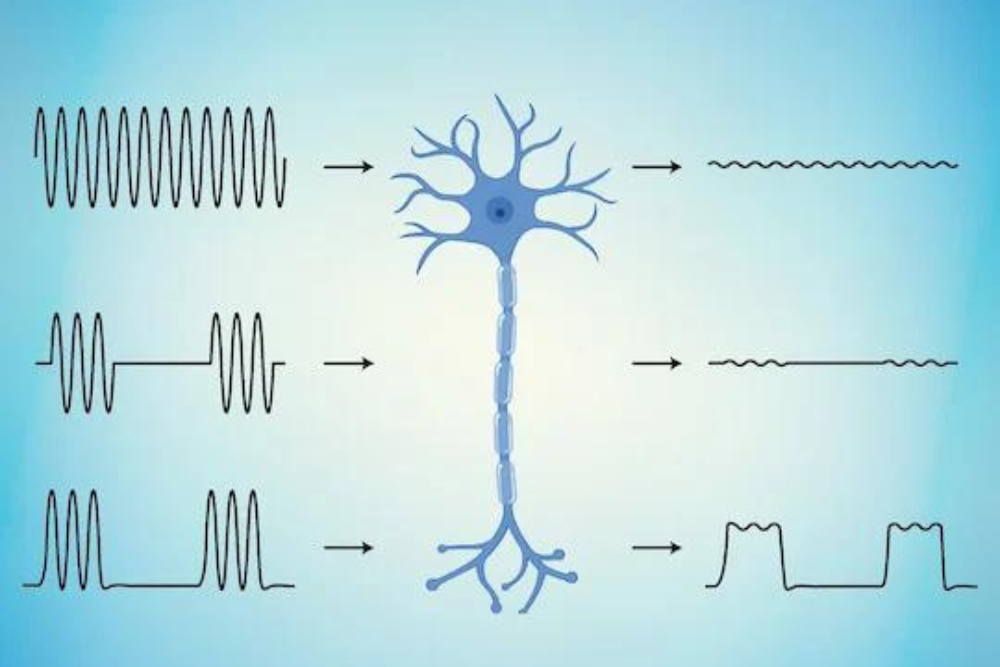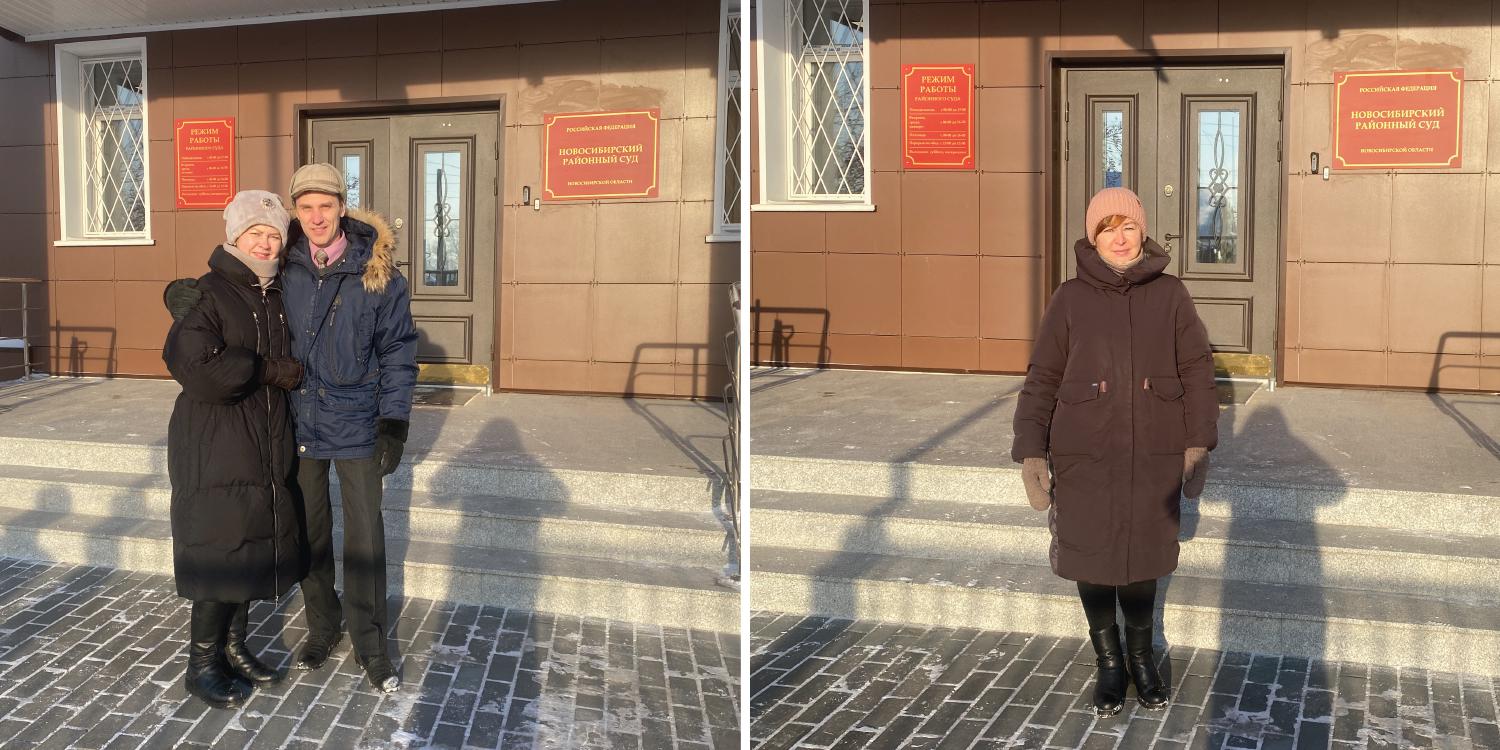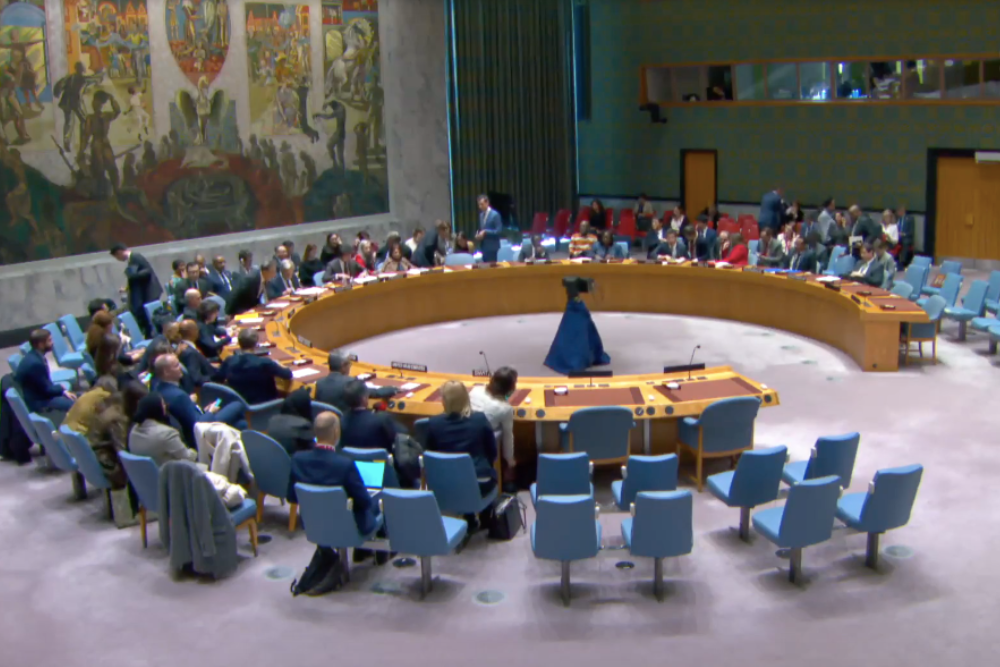Magnetoelectric material is the first of its kind able to directly stimulate neural tissue.
Researchers have long recognized the therapeutic potential of using magnetoelectrics ⎯ materials that can turn magnetic fields into electric fields ⎯ to stimulate neural tissue minimally invasively and help treat neurological disorders or nerve damage.
The problem, however, is that neurons have difficulty responding to the shape and frequency of the electric signal resulting from this conversion.
Rice University neuroengineer Jacob Robinson and his team designed the first magnetoelectric material that solves this issue and performs magnetic-to-electric conversion 120 times faster than similar materials.
According to a study published in Nature Materials, the researchers showed the material can be used to precisely stimulate neurons remotely and to bridge the gap in a broken sciatic nerve in a rat model.
Robinson said that the material’s qualities and performance could profoundly impact neurostimulation treatments, making for significantly less invasive procedures. Instead of implanting a neurostimulation device, tiny amounts of the material could simply be injected at the desired site.
Moreover, given magnetoelectrics’ range of application in computing, sensing, electronics and other fields, the research provides a framework for advanced materials design that could drive innovation more broadly.
“We asked, ‘Can we create a material that can be like dust or is so small that by placing just a sprinkle of it inside the body you’d be able to stimulate the brain or nervous system?’” said Joshua Chen, a Rice doctoral alumnus who is a lead author on the study.
“With that question in mind, we thought that magnetoelectric materials were ideal candidates for use in neurostimulation. They respond to magnetic fields, which easily penetrate into the body, and convert them into electric fields ⎯ a language our nervous system already uses to relay information.”
The researchers started with a magnetoelectric material made up of a piezoelectric layer of lead zirconium titanate sandwiched between two magnetorestrictive layers of metallic glass alloys, or Metglas, which can be rapidly magnetized and demagnetized.
Gauri Bhave, a former researcher in the Robinson lab who now works in technology transfer for Baylor College of Medicine, explained that the magnetorestrictive element vibrates with the application of a magnetic field.
“This vibration means it basically changes its shape,” Bhave said. “The piezoelectric material is something that, when it changes its shape, creates electricity. So when those two are combined, the conversion that you’re getting is that the magnetic field you’re applying from the outside of the body turns into an electric field.”
However, magnetoelectrics’ electric signals are too fast and uniform for neurons to detect. The challenge was to engineer a new material that could generate an electric signal that would actually get cells to respond.
“For all other magnetoelectric materials, the relationship between the electric field and the magnetic field is linear, and what we needed was a material where that relationship was nonlinear,” Robinson said. “We had to think about the kinds of materials we could deposit on this film that would create that nonlinear response.”
The researchers layered platinum, hafnium oxide and zinc oxide and added the stacked materials on top of the original magnetoelectric film. One of the challenges they faced was finding fabrication techniques compatible with the materials.
“A lot of work went into making this very thin layer of less than 200 nanometers that gives us the really special properties,” Robinson said.
Magnetoelectric nonlinear metamaterials are 120 times faster at stimulating neural activity than previously used magnetic materials. Image credit: Robinson lab/Rice University
“This reduced the size of the entire device so that in the future, it could be injectable,” Bhave added.
As proof of concept, the researchers used the material to stimulate peripheral nerves in rats and demonstrated the material’s potential for use in neuroprosthetics by showing it could restore function in a severed nerve.
“We can use this metamaterial to bridge the gap in a broken nerve and restore fast electric signal speeds,” Chen said.
“Overall, we were able to rationally design a new metamaterial that overcomes many challenges in neurotechnology. And more importantly, this framework for advanced material design can be applied toward other applications like sensing and memory in electronics.”
Robinson, who drew on his doctoral work in photonics for inspiration in engineering the new material, said he finds it “really exciting that we can now design devices or systems using materials that have never existed before rather than being confined to ones in nature.”
“Once you discover a new material or class of materials, I think it’s really hard to anticipate all the potential uses for them,” said Robinson, a professor of electrical and computer engineering and bioengineering. “We’ve focused on bioelectronics, but I expect there may be many applications beyond this field.”
Source: Rice University





















